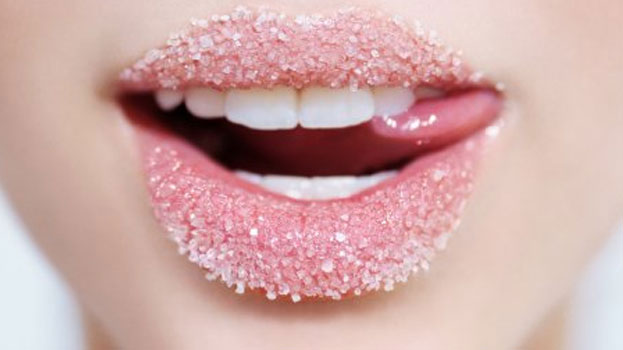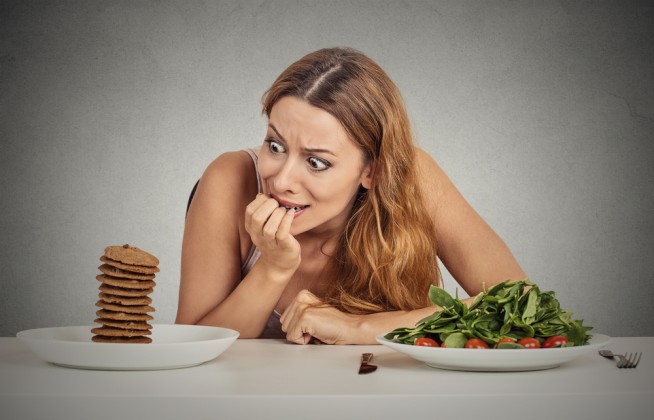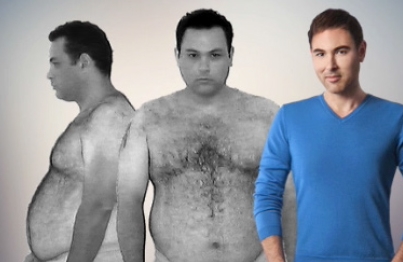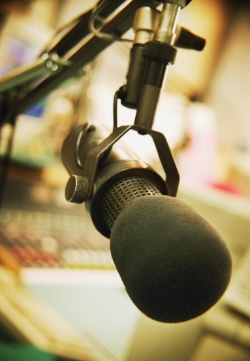Cravings Boss: The Real Reason You Crave Food and a 5-Step Plan to Take Back Control
For Beyond 50's "Natural Healing" talks, listen to an interview with Natalia Levey. As a certified nutritionist and health counselor, she'll talk about discovering cravings as the "missing link" to weight loss; secrets for overcoming self-sabotage; the 15 origins of food cravings and how to identify them; successful ways to curb sugar, salt cravings and much more.
What Exactly is a Craving?
According to Levey, there is a basic understanding of what is a food craving. She defines it as an "uncontrollable desire, in this case to consume a specific food." It's the body's way of letting you know that there's an imbalance going on. And on a holistic level, cravings can be triggered by emotions, physiology or by the environment.
If you can't tell the difference between a hunger vs. craving, Levey points out their distinct characteristics:
Cravings - Usually associated with guilt; involve mental negotiations with yourself; often involve comfort foods; triggered by an underlying cause; and will pass with time or management techniques.
Hunger -
A biological need of the body; not focused on a specific food; can be
satisfied with an available meal; doesn't pass until satisfied; and
accompanied by major physical discomfort.

Two Major Food Cravings
Our body prefers particular tastes (like sweet, sour, bitter, salty and umami (savory)), textures and temperatures.
The two major food cravings we're drawn to are salt and sugar.
Levey relates cravings for salt with sodium deficiency. Besides the body requiring specific minerals from salt, there may also be an emotional need for having a safe foundation.
Cravings for sugar is a
biological signal that the body needs carbohydrates. It can also
indicate that there's an emotional need for love. Level warns about
consuming artificial sweeteners. They can disrupt the body's gut biome
to kill off good bacteria and interfere with the brain's release of
satiety hormones, causing you to crave more sweets.
15 Causes of Cravings
Based on Levey's studies, she identifies the 15 causes of cravings:
1. Emotional Imbalances
2. Hydration -
Dehydration can cause feelings of hunger. Over-hydration can leech out
important nutrients, creating a bodily craving for what's missing.
3. Genetics
4. Changes in Season -
"Winter Fat" is a term that relates to the body's need to store up on
fatty foods to create a warm layer of fat in preparation for the coming
colder weather. Many gravitate towards heartier meals, such as soups,
stews, pies and starchy vegetables.
5. Stress
6. Inadequate Intake of Nutrients
7. Hormonal Imbalances
8. Sensory Stimulation
9. Carryover Flavors - Foods left on the tongue can keep the taste in the mouth to cause continued cravings.
10. Opposites Attract
11. Lack of Sleep
12. Habit - Learned, bad habits that are automatic that contribute to eating addictive foods.
13. Wandering Mind - Comes from boredom and unconscious eating.
14. Changes in Brain Chemistry -
Food addictions can fuel the addiction centers (or pleasure centers) in
the brain. When you suddenly stop eating the food, the cravings can
grow in intensity.
15. Social Disconnect - Eating to
fill the feelings of emptiness inside can come from being lonely and
socially disconnected. Food becomes emotional comfort.

5-Step Plan to Control Cravings
As a solution to address the onset of a food craving, Levey offers her comprehensive 5-Step Plan:
1. Pause. Have a two-minute board meeting with yourself.
2. Examine the facts from understanding the fifteen kinds of cravings.
3. Pinpoint the trigger.
4. Promote the imagination to visualize having health and healthier responses as a way to rewire the brain.
5.
Fire those cravings through using Levey's specific worksheets that
offer new strategies and action steps to leave your cravings behind.
Subscribe to Beyond 50's Radio Updates!
Beyond 50 values your personal information. Your email will
not be used, sold, or
shared with any outside party.
Related Interviews:

Fat to Fearless

Fat, Broke and Busy: Escaping America's Never Enough Culture

Freedom from Food: A Quantum Weight Loss Approach
Related Reading:






